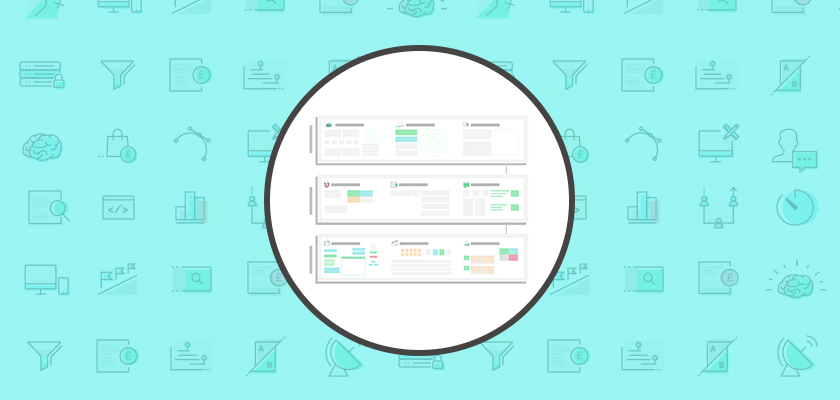Reach vs Impressions: What’s the difference?
You might see the terms reach or impressions in your advertising dashboards on Facebook, Twitter, LinkedIn or even Google Ads and Bing. While most of these platforms tend to only use impressions, Facebook is known for using both reach...

You might see the terms reach or impressions in your advertising dashboards on Facebook, Twitter, LinkedIn or even Google Ads and Bing. While most of these platforms tend to only use impressions, Facebook is known for using both reach and impressions on their platform, yet both have slightly different definitions and uses.
What are Impressions?
Impressions is a great metric which allows you to see how many times your ad or post has been viewed, from this you can begin to understand other metrics such as frequency, CPM, and CTR. Impressions are super important to your activity on any advertising platform as it provides you with data that measures the number of times your ad was viewed. Facebook defines impressions as “The number of times that your adverts were viewed on-screen.” Meaning that if a person has come across your ad or post twice, then the number of impressions will be marked as 2. Twitter defines impressions as “The number of times your ad is shown to users, including earned.” Earned being the times it has appeared in search or as a result of someone liking the Tweet. While Google defines it as “An impression is counted each time your ad is shown on a search result page or other site on the Google Network.”
What is Reach?
Reach is a metric that is mainly only used on push targeting platforms. Though it appears on Facebook, Twitter and LinkedIn, it’s only heavily used by Facebook and Instagram. Twitter and LinkedIn have this metric as an added option in the columns, yet it’s Facebook that uses reach as a mainstay on the default dashboard. Reach is defined by Facebook as “The number of people who saw your ads at least once. Reach is different to impressions, which may include multiple views of your ads by the same people.” Meaning that if a person has viewed your ad or post 2 times, it’ll have a reach of 1.
Why is this important?
Knowing the difference between these two metrics is key to understanding your ad performance and data analysis. In most cases you will find that your impressions are much higher than your reach as it’s common to have people come across your ads more than once. If you find that your impressions match the number you see on reach, you may need to make a few changes to your ads to improve performance. This can be done by changing creatives to make them more eye catching, expanding your audience and increasing budget, with these changes you might be able to generate better engagement.
Another way that reach and impressions can help you identify if your ads need improving is if your reach is extremely low and your impressions are significantly higher. Having an extremely low reach and high impressions signifies that your audience size is extremely low and your ad is being shown too many times to your audience. You can see this by checking the frequency metric. It’s normal to see this figure anywhere below 5, but if you start seeing this creep up to 6 or higher, you may need to think about expanding your audience, or lowering your budget.
Checking your CPM (cost per thousand impressions) will give you valuable information on how much you are spending per thousand ad views. Though it’s not the most important metric, it’s still critical to benchmark your ads CPM data with previous ads that you have run. By doing this, you’ll be able to see what a cheap or expensive CPM is. With this knowledge you will be able to run a quick diagnostic on your social ads giving you a strong footing on what your metrics mean and what you can do to improve them. For more information on digital advertising metrics, make sure to check out our blogs and videos.

 ValVades
ValVades 







![How to Write a Great Value Proposition [5 Top Examples + Template]](https://blog.hubspot.com/hubfs/GettyImages-1279113943%20%281%29.jpg#keepProtocol)
























